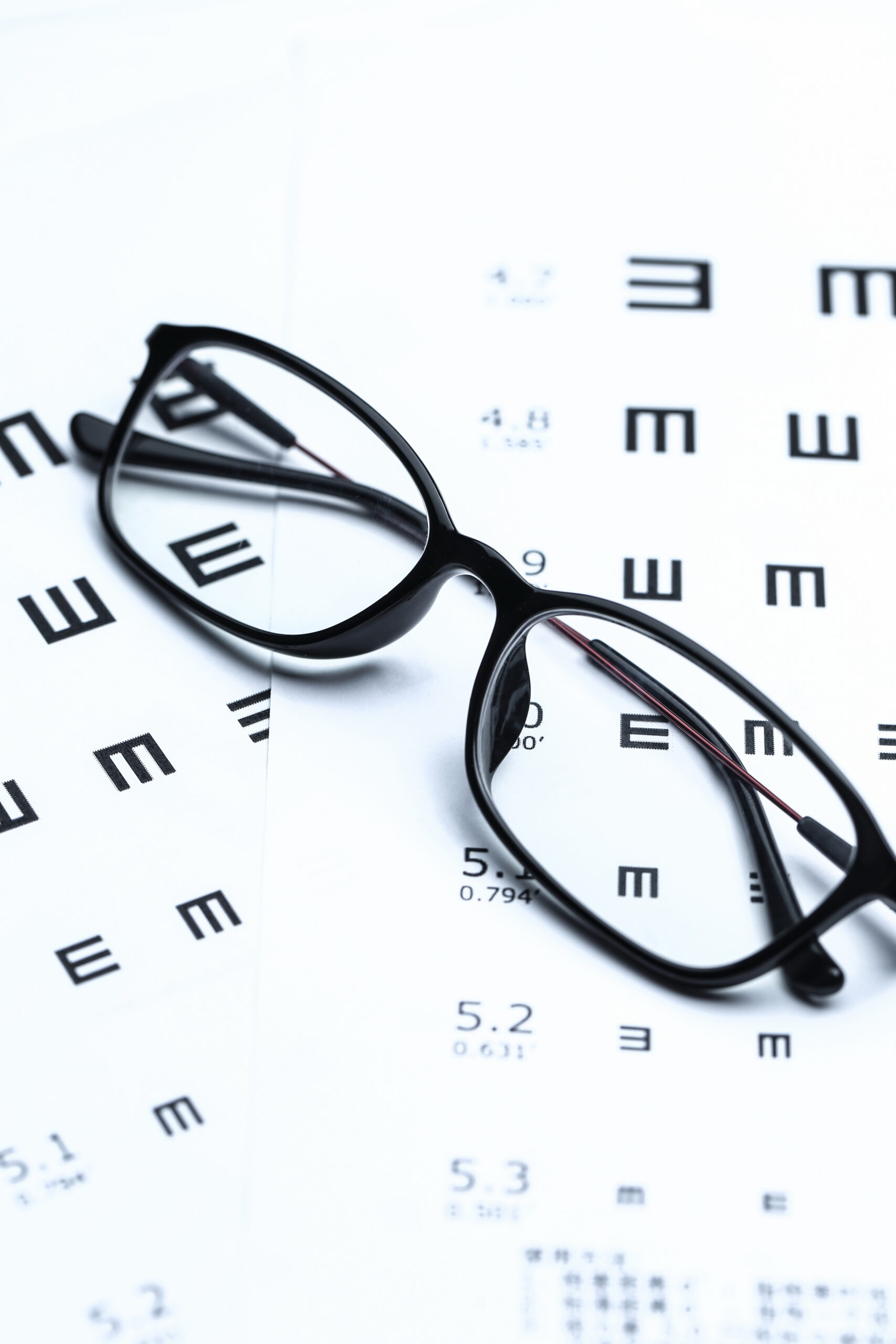Myopia
Home
Myopia
Myopia Treatment & Surgery in Bengaluru – LASIK, SMILE, ICL Options
Understanding Myopia (Nearsightedness)
Myopia, commonly known as nearsightedness, is one of the most prevalent vision problems today. People with myopia can see nearby objects clearly, but distant objects appear blurry. This happens when the eyeball is too long or the cornea is too curved, causing light rays to focus in front of the retina instead of directly on it.
In cities like Bengaluru, where long screen hours, educational stress, and urban lifestyles are common, cases of myopia are increasing rapidly — even among children.
Diagnosis of Myopia
A comprehensive eye examination includes:
- Visual acuity test – Reading letters on an eye chart.
- Refraction test – Determines the degree of refractive error.
- Slit-lamp examination – Checks corneal health.
- Retinal examination – Ensures no complications.

Causes of Myopia:
Several factors contribute to the development of myopia:
1. Genetic Factors
- A strong family history increases the likelihood.
- If one parent is myopic, the child has a higher risk; if both parents are myopic, the chances are even greater.
2. Environmental Factors
- Excessive screen time, digital devices, and reading for long hours.
- Limited outdoor activity, especially in children.
- Poor visual hygiene — like studying in dim light or prolonged close work.
3. Eye Growth Abnormalities
- Longer eyeballs or corneal irregularities increase refractive error.
Symptoms of Myopia:
Common signs include:
- Blurred vision when looking at distant objects.
- Squinting or straining the eyes to see clearly.
- Frequent headaches due to eye strain.
- Difficulty driving, especially at night.
- Children may sit very close to the TV or hold books too close.
If untreated, progressive myopia can increase the risk of retinal detachment, glaucoma, cataract, and macular degeneration later in life.
Benefits of Advanced Myopia Surgery
- Permanent correction of refractive error.
- Freedom from glasses and contact lenses.
- Improved confidence and lifestyle convenience.
- Sharp vision for driving, sports, and professional needs.
Treatment Options for Myopia in Bengaluru :
Modern ophthalmology offers several options for managing and correcting myopia:
1. Spectacles and Contact Lenses
- Most common and safe correction.
- High-index lenses for high myopia reduce thickness.
- Contact lenses (daily, monthly, or rigid gas permeable) provide clearer vision and wider visual field.
2. Orthokeratology (Ortho-K)
- Special contact lenses worn overnight to reshape the cornea temporarily.
- Helps reduce dependence on glasses during the day.
- Especially useful in children with progressive myopia.
3. LASIK Surgery (Laser-Assisted In Situ Keratomileusis)
- Popular laser eye surgery in Bengaluru.
- Reshapes the cornea using an excimer laser to allow proper light refraction.
- Quick, painless, and results are permanent.
- Best for patients with stable myopia and healthy corneal thickness.
4. SMILE Surgery (Small Incision Lenticule Extraction)
- Advanced laser procedure using femtosecond laser.
- Minimally invasive with faster recovery.
- Preserves corneal strength and causes less dryness than LASIK.
- Growing in popularity among young professionals in Bengaluru.
5. ICL (Implantable Collamer Lens)
- Recommended for patients not suitable for LASIK/SMILE due to thin corneas or very high myopia.
- A biocompatible lens is implanted inside the eye (between iris and natural lens).
- Reversible, safe, and offers clear, sharp vision.
6. PRK (Photorefractive Keratectomy)
- Surface laser procedure where corneal epithelium is removed before reshaping.
- Suitable for patients with thinner corneas.
7. Lifestyle & Preventive Measures
- Outdoor activities for children to slow progression.
- Proper screen breaks (20-20-20 rule).
- Nutritious diet rich in Vitamin A, Omega-3 fatty acids, and antioxidants.
Exercises & Eye Care Tips for Myopia
- Palming (rubbing hands and placing on eyes).
- Eye rotation and blinking exercises.
- Following the 20-20-20 rule for screen breaks.
- Proper lighting while studying.
FAQ
Myopia, or nearsightedness, is a condition where distant objects appear blurry while close objects can be seen clearly. It occurs when the eyeball is slightly elongated or the cornea is too curved, causing light to focus in front of the retina.
- Blurry vision when looking at distant objects
- Squinting or partially closing the eyelids to see clearly
- Eye strain or headaches after prolonged focus
- Difficulty seeing while driving, especially at night
- Frequent changes in eyeglass or contact lens prescription
- Genetic factors: family history of myopia increases the risk
- Environmental factors: prolonged close-up activities like reading or using digital devices
- Limited outdoor activity and exposure to natural light
- Eye strain due to improper posture or lighting
Ayurvedic treatment focuses on balancing the body and strengthening vision:
- Herbal therapies and medicated eye applications to nourish the eyes
- Eye exercises to improve flexibility and strength
- Lifestyle and dietary recommendations to reduce eye strain and maintain eye health
- Spend adequate time outdoors daily
- Reduce prolonged close-up activities and screen time
- Follow the 20-20-20 rule: every 20 minutes, look at something 20 feet away for 20 seconds.
Maintain a balanced diet rich in nutrients supporting eye health
- If you experience blurry vision for distant objects
- Frequent headaches or eye strain related to vision
- Sudden changes in vision or prescription
- Family history of myopia or rapid progression in children
